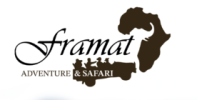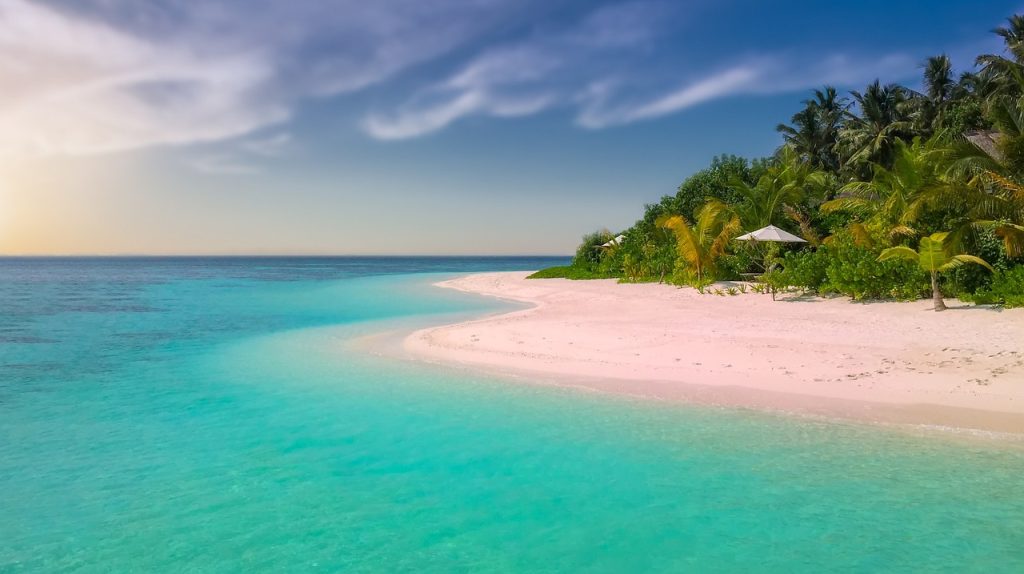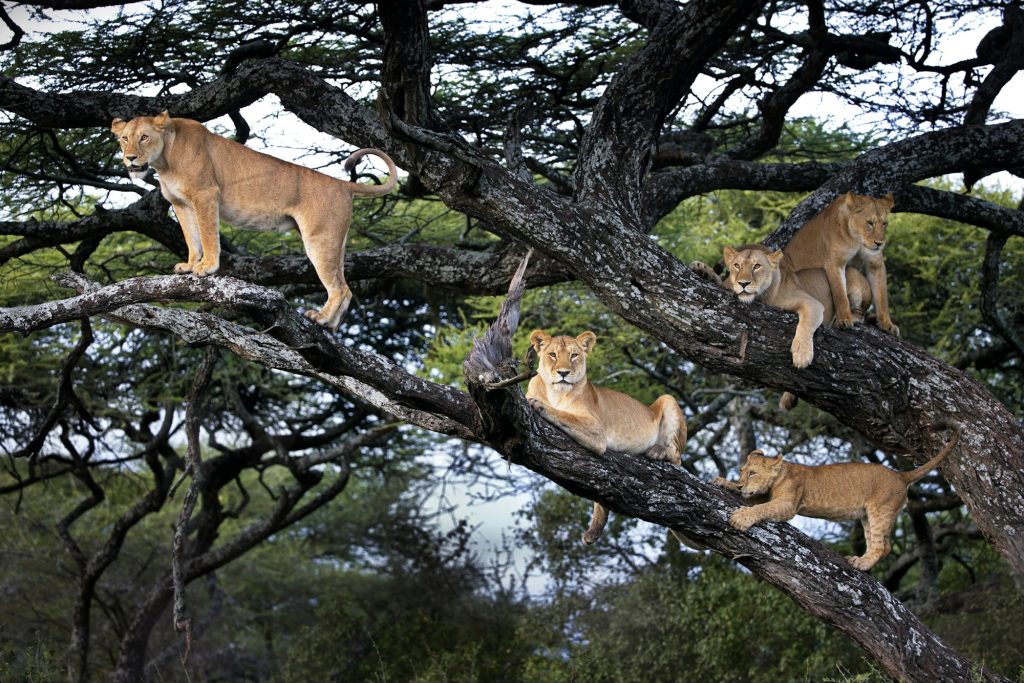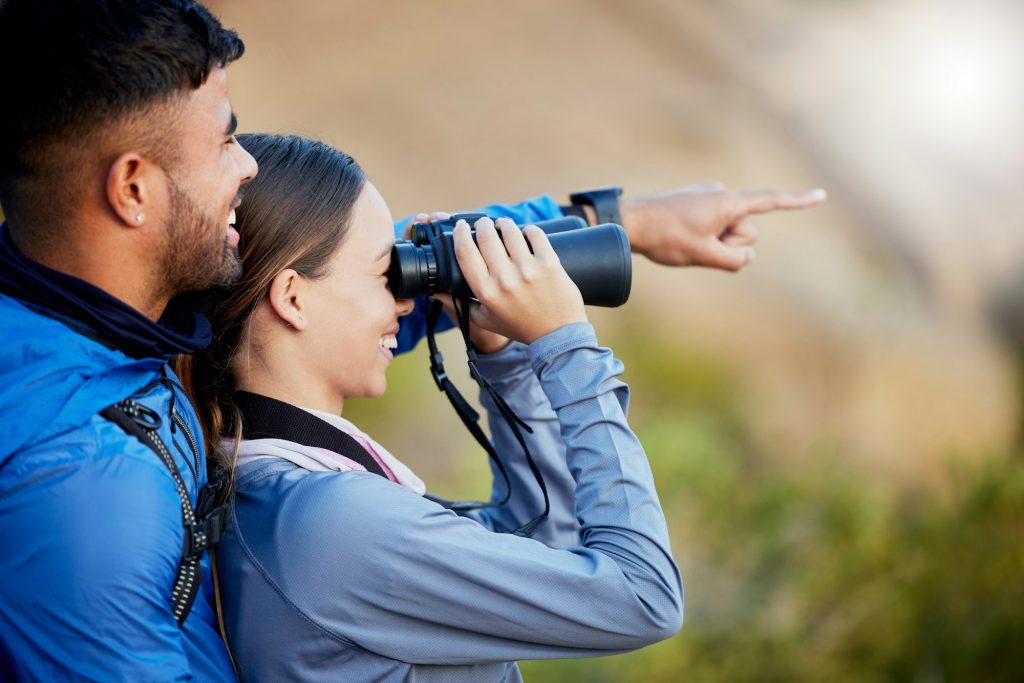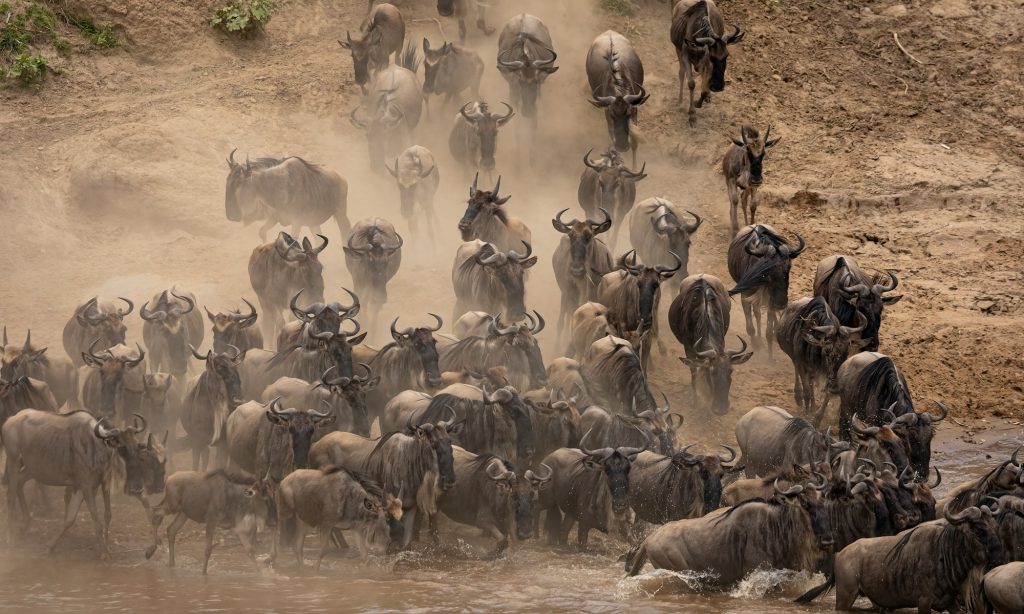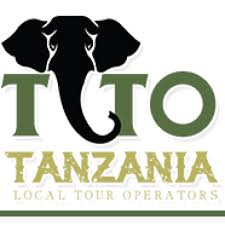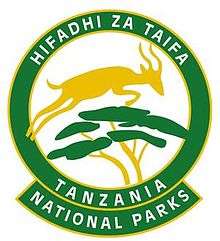All-inclusive Kilimanjaro climbing and trekking packages are designed to provide adventurers with a hassle-free experience while conquering Africa’s highest peak. These packages typically includes everything you need from meals, accommodations, equipment rentals to experienced guides who know the mountain well. You don’t have to worry for about anything, as logistics are carefully arranged to ensure smooth journey. Furthermore, they often present various route choices allowing trekkers of all skill levels to find one that suits their abilities and preferences. Whether you’re seasoned climbers or just starting your trekking journey, these packages are perfect way for both enjoy stunning views and create memorable experiences in the breathtaking nature of Tanzania.
Overview of Kilimanjaro Climb Packages
Kilimanjaro climbing packages offer a variety of routes, each providing a unique experience. Popular routes include the Machame, Marangu, Lemosho, and Rongai, each with its own charm and difficulty level. Climbs typically last between 5 to 10 days, allowing flexibility in planning your adventure. You can choose between group climbs, which foster camaraderie and are more cost-effective, and private climbs, which offer a personalized experience.
The best seasons to climb are during the dry months, from June to October and January to March, when the weather is most favorable. Packages often include accommodations ranging from tents to mountain huts, ensuring comfort after a day of trekking.
Each route varies in difficulty, with some being more challenging due to steep ascents and altitude changes. Environmental conservation is a priority, with efforts to minimize impact and preserve the natural beauty.
Guided climbs are recommended for safety and local insights, but self-guided options are available for experienced trekkers. Packages can be customized to fit your preferences, ensuring a memorable climb tailored to your needs.
Pricing Information for Climbing Packages
The cost of Kilimanjaro climbing packages varies based on several factors. Key elements that influence pricing include the chosen route, level of service, and time of year. Budget packages might cost less but offer basic services, whereas mid-range options provide better accommodations and amenities. Luxury packages typically feature high-end services, including premium tents and gourmet meals.
Each route has a different cost structure; for instance, the Marangu route can be less expensive due to shorter duration, whereas the Lemosho route might be pricier because of its longer trek and scenic views. Seasonal variations also play a role, with lower prices generally available during the rainy season and higher prices in peak months like July and August.
Additional costs not included in the package prices often encompass visa fees, travel insurance, and gratuities for guides and porters. Travelers can benefit from discounts for group bookings and early reservations, making it more economical for larger parties or advanced planners.
Flexible payment plans are often available, with a deposit required to secure a booking. Refund and cancellation policies vary, so it’s important to review the specifics before committing. When comparing with other trekking destinations, Kilimanjaro can offer a competitive price for the experience and unique challenges it presents.
Value-added services such as airport transfers, hotel stays before and after the climb, and cultural tours can enhance the overall experience and are included in different packages. These options provide a comprehensive experience, ensuring that climbers have support from start to finish.
| Package Type | Budget | Mid-range | Luxury |
|---|---|---|---|
| Cost | $1500 – $2000 | $2500 – $3500 | $5000+ |
| Accommodation | Basic tents | Comfortable tents | Luxury lodges |
| Meals | Basic meals | Nutritious meals | Gourmet meals |
| Guides | Standard guides | Experienced guides | Expert guides |
| Transport | Shared transport | Comfort transport | Exclusive transport |
What’s Included in the Climb Price
Embarking on a Kilimanjaro adventure is made seamless with our all-inclusive packages, ensuring a stress-free experience from start to finish. Here’s what you can expect included in the climb price:
- Accommodation and Meals: Enjoy comfortable accommodation and nutritious meals throughout your trek.
- Transport: Convenient transport is provided to and from Kilimanjaro National Park, making logistics hassle-free.
- Park Fees and Permits: All necessary park fees and permits are included, so there are no surprise costs.
- Guides and Support Staff: Benefit from the expertise of professional guides and a dedicated support team, ensuring safety and enriching your experience.
- Camping Equipment: High-quality camping equipment and gear are supplied, from tents to sleeping mats.
- Pre-Climb Orientation: Participate in pre-climb orientation and training sessions to prepare you physically and mentally for the journey ahead.
- Emergency Services: In case of emergencies, evacuation services are available to ensure peace of mind.
- Cultural Activities: Engage in cultural immersion activities, providing a deeper understanding of the local heritage.
- Post-Climb Celebrations: Celebrate your achievement with post-climb festivities and receive a certificate of accomplishment.
Optional extras, such as personal gear rental or additional excursions, may incur extra costs, allowing you to customize your experience further.
- Accommodation and meals during the climb.
- Transport to and from Kilimanjaro National Park.
- Park fees and permits included in the price.
- Professional guides and support staff.
- Camping equipment and gear provided.
- Pre-climb orientation and training sessions.
- Emergency evacuation services.
- Cultural immersion activities during the trek.
- Post-climb celebrations and certificates.
- Optional extras that may incur additional costs.
Safety Measures for Kilimanjaro Climbs

When embarking on a Kilimanjaro climb, safety is paramount. Before the ascent, climbers undergo thorough health checks to ensure they are fit for the journey. Guides, who are trained in first aid and emergency response, play a crucial role in maintaining safety throughout the trek. They monitor the health of climbers daily to catch any early signs of altitude sickness, ensuring that it is managed effectively. In severe cases, emergency evacuation protocols are in place, with oxygen and hyperbaric chambers available to assist in altitude sickness prevention and treatment. Reliable communication systems are established for emergencies, and guides continually monitor weather conditions to adapt plans accordingly. To enhance group safety, regular briefings and drills are conducted. Additionally, partnerships with local rescue services ensure a swift response in case of emergencies. These measures collectively contribute to a safer climbing experience on Kilimanjaro.
Health and Hydration Essentials

Climbing Kilimanjaro requires careful attention to health and hydration. Acclimatization is crucial to help your body adjust to the high altitude. It’s important to ascend gradually, allowing your body to build tolerance and reduce the risk of altitude sickness. Staying hydrated is vital; aim to drink at least 3-4 liters of water daily. This helps maintain energy levels and prevents dehydration, a common issue at high altitudes. Proper nutrition is also key. Consume carbohydrates and proteins to fuel your body, and consider snacks like nuts and dried fruits for quick energy boosts.
Before embarking on the climb, ensure you are physically prepared. Engage in regular cardiovascular and strength training exercises to build endurance and stamina. Carry essential health gear, such as sunscreen, lip balm, and medications like ibuprofen or altitude sickness pills. Be aware of altitude sickness signs such as headaches, nausea, or dizziness. Guides play an important role in monitoring your health throughout the trek and can offer advice or assistance if symptoms arise.
Adhere to a daily routine that includes warm-up exercises and stretching to minimize muscle strain. After the climb, focus on recovery practices like rest, hydration, and balanced meals to replenish your energy.
Comfort Features for a Better Climb
Embarking on a Kilimanjaro climb is an adventure that demands comfort and support to ensure an enjoyable experience. Climbers have access to various accommodation types, including tents and huts, which offer shelter and warmth after a long day of trekking. The quality of meals is another crucial aspect, with diverse dietary options available to cater to different preferences and nutritional needs, ensuring everyone stays energized throughout the climb.
Sanitation is thoughtfully addressed with portable toilets and proper facilities at campsites, ensuring cleanliness and convenience. Comfortable sleeping arrangements are made possible with high-quality sleeping bags and mats designed to withstand the mountain’s chilly nights. Some routes even offer hot showers and wash stations, providing a refreshing respite.
Rest areas and campsites are strategically placed along the routes, offering climbers a place to relax and recharge. Support staff, including guides and porters, are on hand to assist with personal needs, making the climb more manageable. Climbers are also provided with weather protection gear and clothing to shield against the unpredictable mountain climate.
Relaxation activities at campsites, such as group games or storytelling, help build camaraderie among climbers. After the climb, recovery services are available to help soothe tired muscles and aid in recuperation, ensuring climbers return home with fond memories and minimal fatigue.
Responsible Climbing Practices
Climbing Kilimanjaro with responsibility ensures that the beauty of the mountain and the well-being of local communities are preserved for future generations. Adhering to the ‘Leave No Trace‘ principles is essential. Climbers should ensure that all waste is carried back down, leaving the environment as pristine as they found it. Supporting local economies is another key aspect. This can be achieved by hiring local guides and porters, buying local products, and engaging in cultural exchanges.
It’s also important to minimize environmental impact, which includes reducing pollution and waste. Ethical treatment of porters and staff is crucial, ensuring they are paid fairly and work in safe conditions. Water conservation is another significant aspect; climbers should use water sparingly and ensure they don’t contaminate water sources.
Engaging with local cultures respectfully enriches the experience and fosters goodwill. Sustainable tourism practices include participating in conservation efforts and supporting projects that protect the natural habitat. Education and awareness programs for climbers can significantly reduce negative impacts and promote a greater understanding of the importance of preserving Kilimanjaro’s unique ecosystem.
Value for Money in Climb Packages
When choosing a Kilimanjaro climb package, value for money is a key consideration. Comparing inclusions across different packages reveals that some offer comprehensive services like meals, lodging, and transport, while others might charge extra for these essentials. Opting for inclusive packages can often be more cost-effective than pay-as-you-go options, especially when considering the long-term benefits.
Quality of service is another crucial factor. Reputable companies are known to provide experienced guides, quality equipment, and reliable support, ensuring a safe and enjoyable climb. Customer reviews often highlight satisfaction with these aspects, emphasizing the importance of choosing a well-regarded provider.
Group climbs tend to be more budget-friendly compared to private climbs, offering significant savings without compromising on the experience. However, private climbs might provide added value through personalized services and unique experiences.
Lastly, post-climb support services like certificates or celebratory meals add extra value, enhancing the overall experience. Assessing these aspects ensures you get the best value for your investment.
Cultural Experience on Kilimanjaro
Embarking on a Kilimanjaro trek offers more than just breathtaking views; it provides a unique cultural experience. Travelers can engage with local tribes, such as the Chagga and Maasai, learning about their traditions and way of life. Sampling traditional foods, like ugali and nyama choma, adds a flavorful dimension to the journey. Cultural tours reveal historical insights, while participation in local festivals offers a glimpse into the vibrant community life. Trekkers can learn about the region’s rich flora and fauna, often guided by stories and folklore shared by knowledgeable local guides. Art and craft workshops allow visitors to create souvenirs with local artisans, and visits to markets and villages offer a chance to see daily life up close. Language exchange opportunities may arise, making interactions more meaningful. Understanding the cultural significance of Kilimanjaro deepens the appreciation of this majestic mountain. Each of these experiences enriches the trek, blending adventure with cultural immersion.
Call to Action for Adventure Planning
Embarking on a Kilimanjaro adventure is an exciting experience, and planning is crucial. Follow these steps to book your climb: research reputable tour operators, compare their packages, and contact them to discuss options. Prepare by building a fitness routine at least three months in advance, focusing on cardio and strength training. Remember to pack essentials like warm clothing, sturdy boots, and a first-aid kit. Budget planning is key; set aside funds for the trip and consider financial tips, like booking during the off-peak season for better rates. Don’t forget travel insurance—it’s a lifesaver if anything goes wrong. Check visa and vaccination requirements well in advance to avoid last-minute hassles. Group bookings often come with discounts and offer a chance to share the journey with friends or fellow adventurers. Be inspired by stories from past climbers who conquered the summit; their experiences highlight the thrill and fulfillment of the journey. Ready to take the plunge? Start your adventure today by reaching out to a tour operator and take the first step towards this unforgettable experience.
Frequently Asked Questions
1. What should I pack for a Kilimanjaro trek?
For Kilimanjaro, pack layered clothing, waterproof gear, sturdy hiking boots, a warm sleeping bag, a headlamp, sunscreen, and a portable water purifier.
2. How fit do I need to be to climb Kilimanjaro?
You should be in good physical shape, able to walk long distances daily, and comfortable with high altitudes for a Kilimanjaro climb.
3. Are guides and porters included in a trekking package?
Yes, most all-inclusive trekking packages include experienced guides and porters to help with navigation and carrying gear.
4. What kind of food is available during the trek?
On the trek, you’ll typically have a variety of meals including soups, pasta, rice dishes, fruits, and vegetables to keep your energy up.
5. Is it possible to climb Kilimanjaro without prior trekking experience?
Yes, it is possible, but it’s recommended to have some trekking experience and to engage in training beforehand to increase your chances of reaching the summit.
TL;DR This blog post provides an overview of all-inclusive Kilimanjaro climbing and trekking packages, detailing various routes, pricing options, included services, and safety measures. It covers health and hydration essentials, comfort features, and responsible climbing practices to ensure a valuable and culturally immersive experience. The post outlines the importance of acclimatization, necessary health preparations, and offers advice on selecting the right package. It also highlights the cultural aspects, such as engaging with local communities and enjoying traditional foods, while giving tips on booking and preparing for the adventure of a lifetime.
